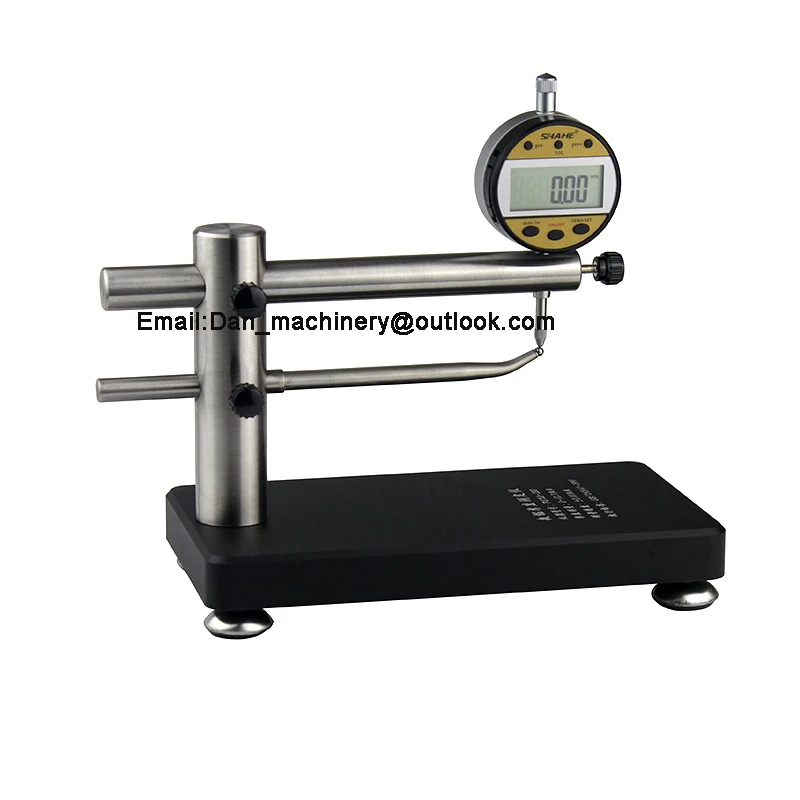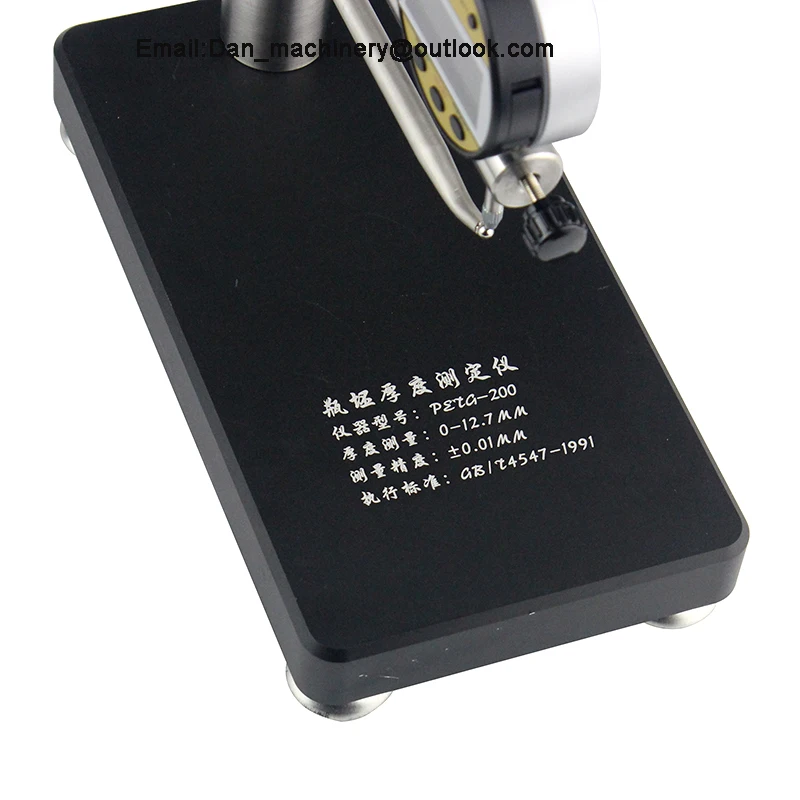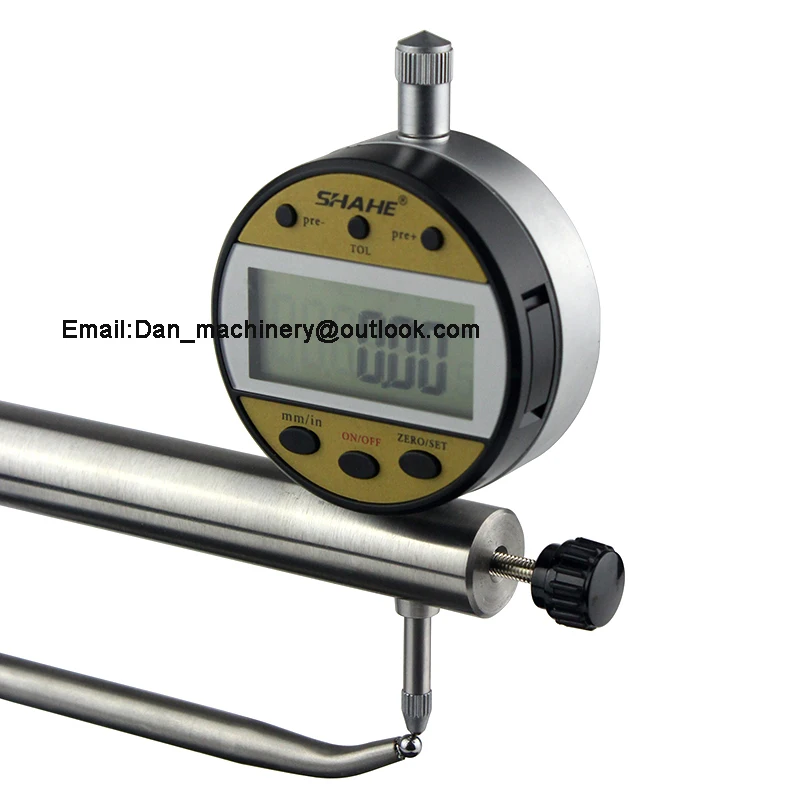Preforms: The Ultimate Guide for Buyers in 2025
In the world of packaging and printing, preforms play a crucial role in creating high-quality bottles and containers. Whether you're a manufacturer or a buyer, understanding the ins and outs of preforms can help you make informed decisions and optimize your supply chain. This guide covers everything from sourcing reliable suppliers in China to selecting the right type for your needs.
How to Find Reliable Preforms from China in 2025
China remains a leading supplier of preforms, offering competitive pricing and advanced manufacturing capabilities. To find reliable suppliers:
- Check certifications like ISO 9001 and FDA compliance
- Review supplier history and customer feedback on platforms like Alibaba
- Request samples to verify quality before bulk orders
- Consider manufacturers with in-house mold design capabilities
Top regions for preforms production include Guangdong and Zhejiang provinces, where many factories specialize in PET preforms for beverage bottles.
What Buyers Should Know Before Buying Preforms from China
When importing preforms from China, consider:
- Minimum order quantities (typically 10,000-50,000 units)
- Lead times (usually 15-30 days for standard orders)
- Shipping costs and logistics arrangements
- Customs clearance requirements in your country
Many Chinese suppliers now offer OEM services, allowing customization of colors, weights, and neck finishes to meet specific brand requirements.
Types of Preforms
The main preforms categories include:
- PET Preforms: Most common for water and beverage bottles
- PP Preforms: Used for thicker-walled containers
- Custom Preforms: Designed for specific bottle shapes
- Lightweight Preforms: Reduce material usage while maintaining strength
Each type serves different applications, with PET being the dominant material due to its clarity and recyclability.
Functions and features of Preforms
Preforms serve as the intermediate stage in bottle manufacturing, offering:
- Consistent wall thickness for uniform blowing
- Precision threading for secure caps
- Material savings compared to direct bottle molding
- Easier storage and transportation than finished bottles
Advanced features may include UV protection, oxygen barriers, or antimicrobial treatments for specialized applications.
Scenarios of Preforms
Preforms find applications across industries:
- Beverage: Water, soda, and juice bottles
- Personal Care: Shampoo, lotion, and cosmetic containers
- Pharmaceutical: Medicine bottles with child-resistant features
- Household: Cleaning product containers
The global market for preforms continues to grow, driven by demand for sustainable packaging solutions.
How to Choose Preforms
Selecting the right preforms involves evaluating:
- Material: PET for clarity, PP for chemical resistance
- Weight: Balance between material savings and durability
- Neck Finish: Match to your capping equipment
- Barrier Properties: For products sensitive to oxygen or moisture
Work closely with your supplier to test prototypes before full production runs.
Preforms Q & A
Q: What's the typical lifespan of preform molds?
A: High-quality steel molds can produce 5-10 million preforms before needing refurbishment.
Q: Can preforms be recycled?
A: Yes, PET preforms are highly recyclable, with many regions having established collection systems.
Q: How do I calculate the right preform weight for my bottle?
A: Consider your bottle's final volume, wall thickness requirements, and filling pressure. Suppliers can help with calculations.
Q: What's the price range for preforms?
A: Prices vary from $0.01-$0.10 per unit depending on material, quantity, and customization.
Q: How should preforms be stored before use?
A: Store in cool, dry conditions away from direct sunlight to prevent degradation.

















